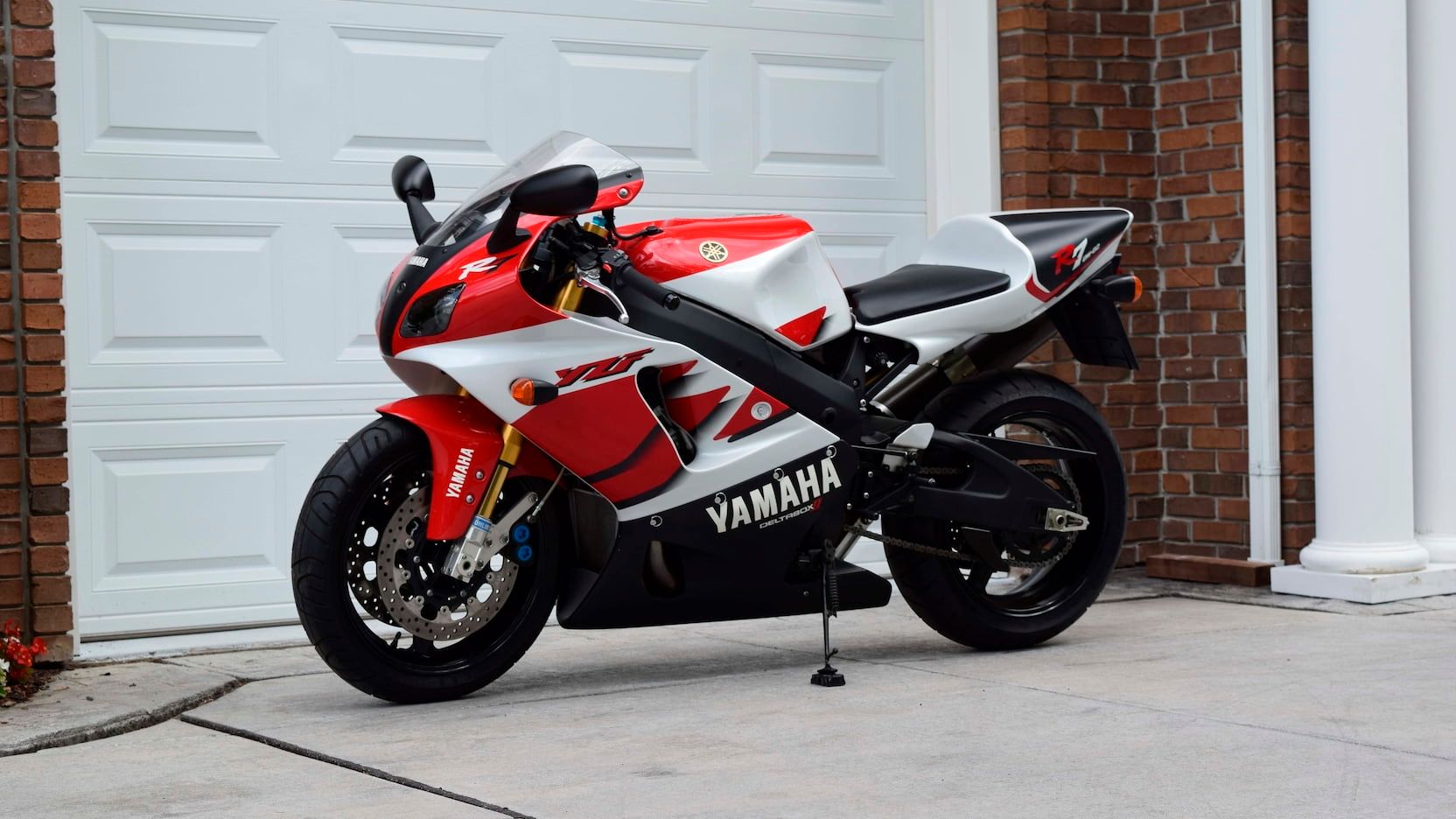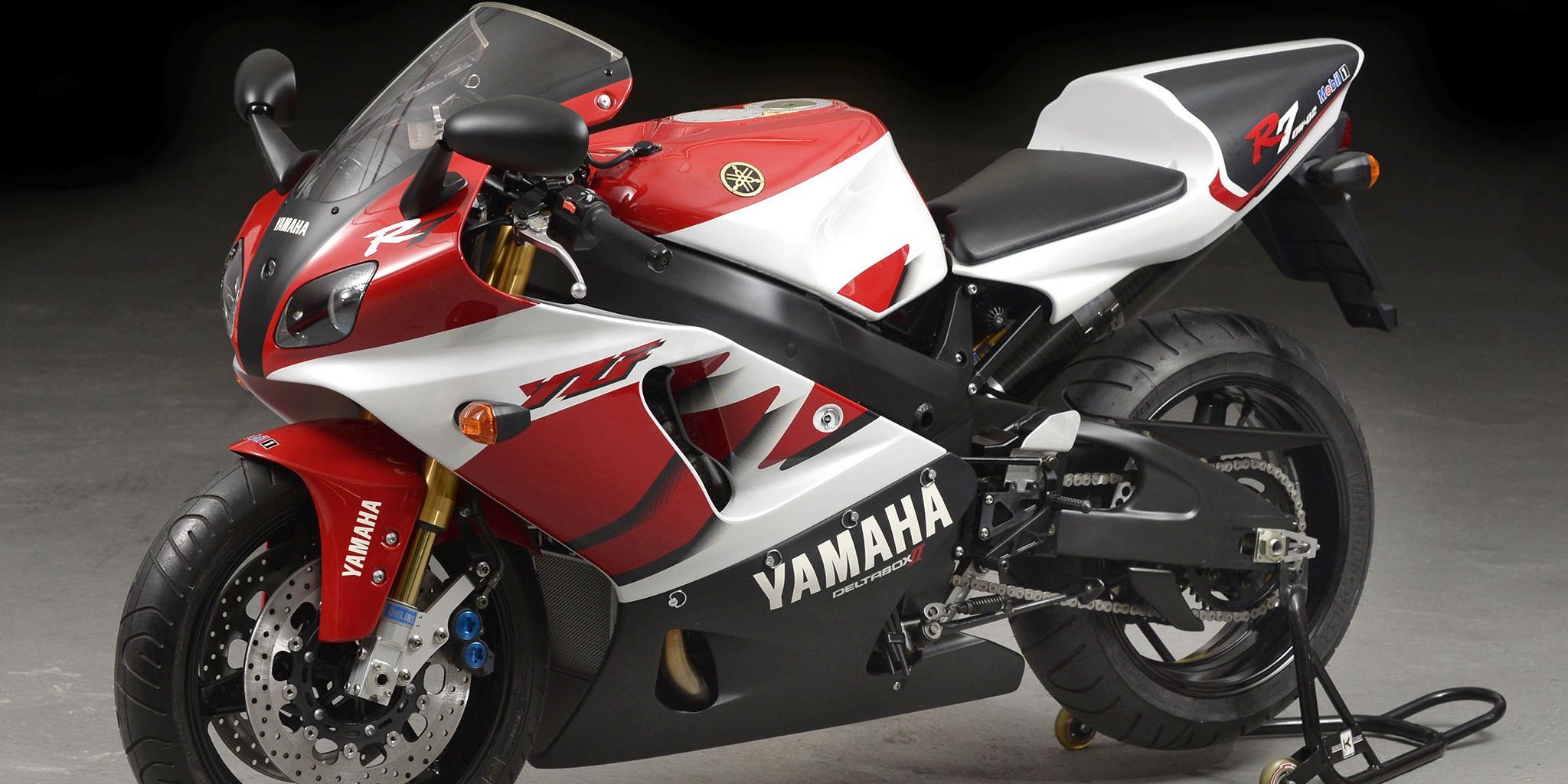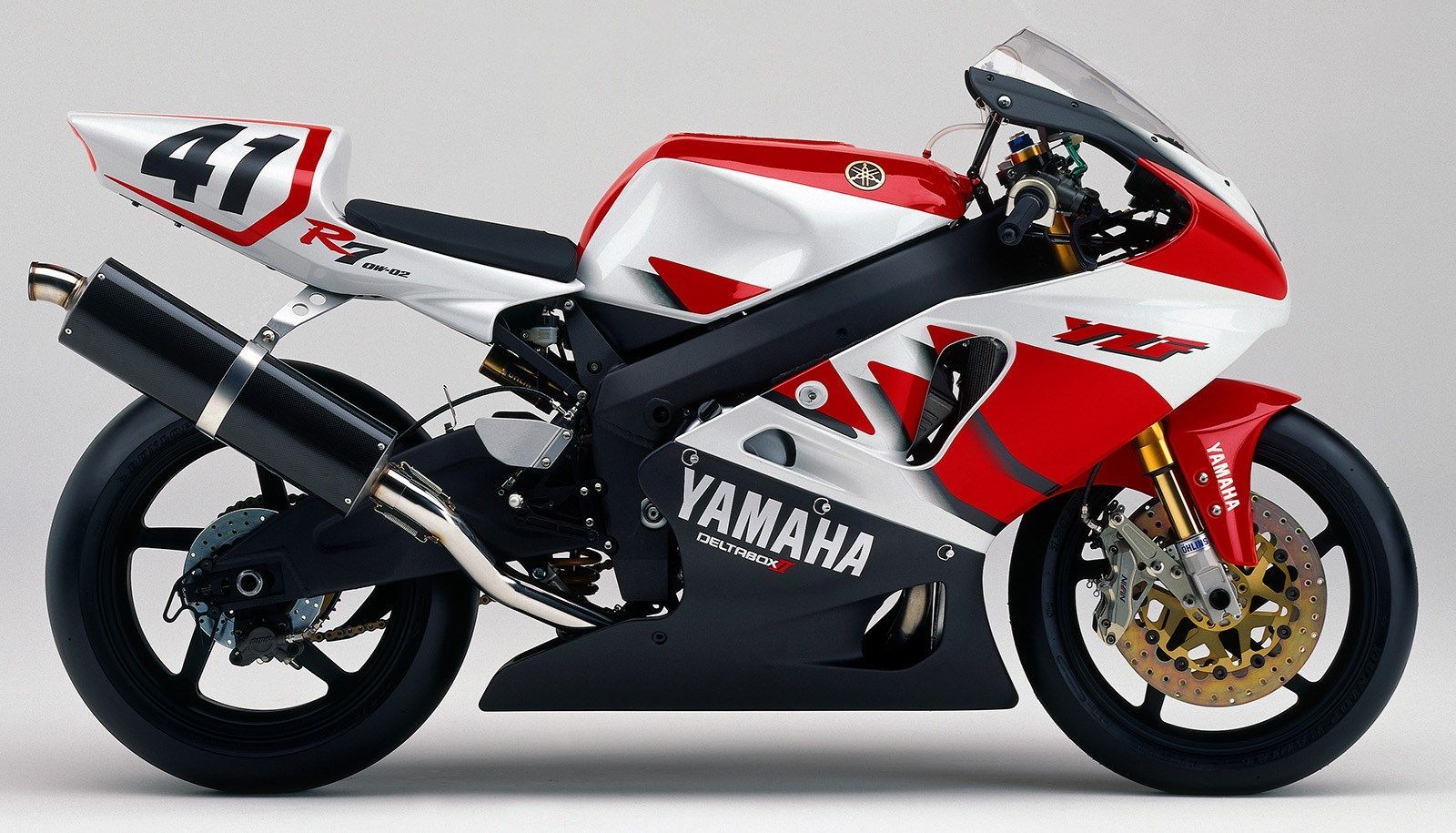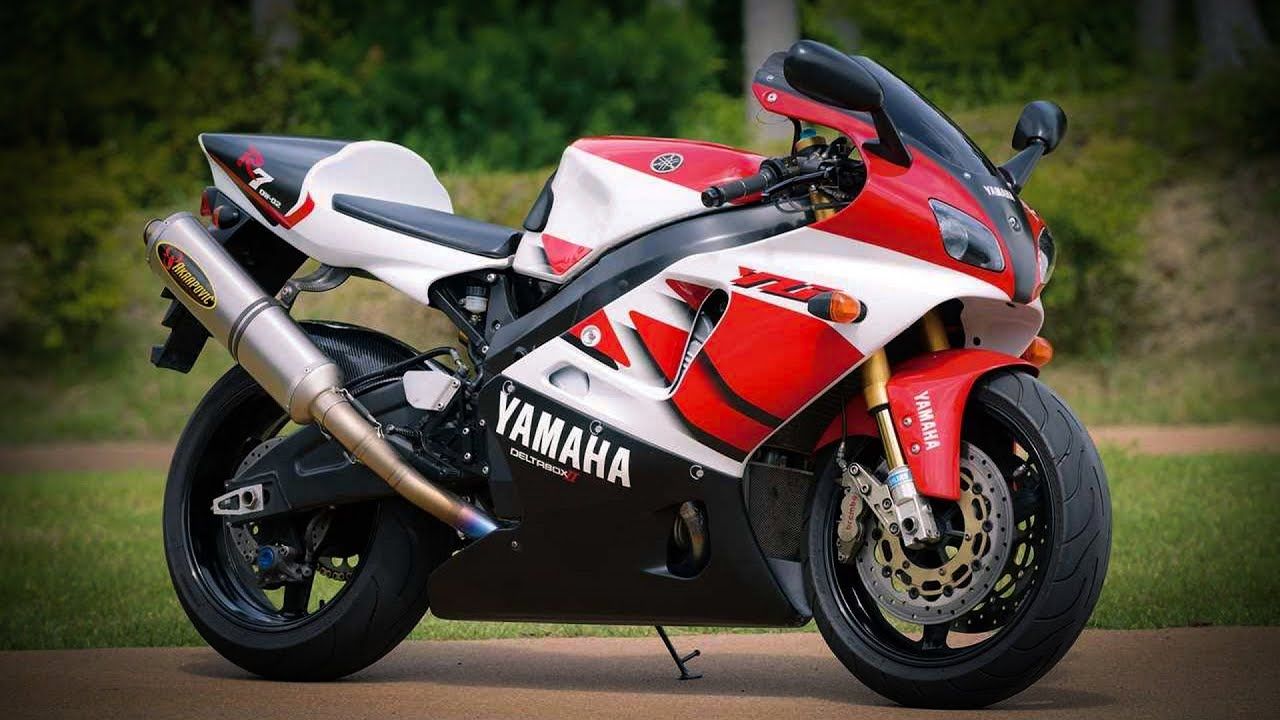Back in the late 90s, Yamaha needed to stay competitive in the SBK championship, and this wonderful R7 is what they came up with. It was a pure homologation bike, that was as focussed as they come, and came with an equally focussed price tag. It was also made in severely limited numbers, making it one of the most fabled machines to ever come out of a Yamaha factory. Getting one back in 1999 would have set you back more than $30,000, almost three times the all-new Yamaha YZF-R1 at the time.
As much as the recently released R7 is a great, affordable motorcycle that is in equal parts fun and approachable, the original machine was, to say the least, quite different.
Only 500 Made
Yamaha had no desire to mass produce this machine, it simply needed to satisfy homologation requirements. So from the get go, everyone knew only 500 would become available for sale.
What they achieved with the bike was an incredibly unique feat, cramming in all they had learned over the past decade or so into one very special bike. Its suspension was fully adjustable, naturally made by Ohlins, quite simply the best in the business. It got an inline 4 closely related to the early R1, but with far more advanced fuel injection and CNC machined 20 valve heads. All of this added up to an ultra lightweight 100 horsepower machine, but that was far from its true potential.
Built For The Track
Although it was making just a shade over 100 horsepower, this bike was never intended for the street, the fact that it even came with lights is a bit of a joke. It was not a race bike for the street, it was a race bike that simply needed to appear street legal, in fact none of the 50 that made it to the US were at the time.
If you wanted to race the machine, like pretty much all the buyers did, it would not be very competitive with a paltry 100 horsepower. That is why Yamaha sold a race kit with the bike, this kit wasn’t like what we get on an option list today, maybe adding 5 to 10 horsepower, this kit unlocked some serious power, that would turn a weekend warrior into an actual contender. It essentially consisted of two of key elements, firstly, a carbon fiber air box that was essentially a ram air device used by the factory team and a map that activated the second bank of dormant injectors (which all the bikes had pre-installed). This took the bike from fun, to top level racing machine. It would now make 160 horsepower, at a lofty 13,700 rpm, all of this power in an ultra light chassis derived from their GP machine.
A Fatal Flaw For The Fabled Warrior
With so much going for the machine you would fully expect that something to have dominated both on and off the track.
Sadly for Yamaha it wasn’t meant to be, it was after all a bike that was a little rushed considering it had a fairly short run of two years in the actual SBK, after two seasons worth of mixed results, they could only manage a second place finish overall in 2000. Racing against V-twins, which the regulations favored, became impossible so this drew the curtain on a disappointing finish considering how much was poured into the R7 project. Yamaha chose to focus their attention on developing a competitive MotoGP bike for 2002 when they switched to 4 stroke machines, and we all know how that turned out now.
Off the track it got worse for the R7, not only was it a bike without any real silverware, it was the bike that got a reputation for spectacular engine failures. The 500 units sold to the public, sort of, some went to racing teams, had crankshafts that couldn’t handle the power for very long. This would result in some spectacular failures, naturally a recall was processed, but it is safe to say the damage was done, with some owners even resorting to swapping the engine out for an R1 power plant. There is little doubt that these expensive, engineering marvels will become highly collectible. 20 years down the line, Yamaha have latched onto the nameplate again. Although it is an exciting prospect that certainly has the potential to be a fun, accessible sport bike, with only 70 odd horsepower it simply won't hold a candle to the original machine.




